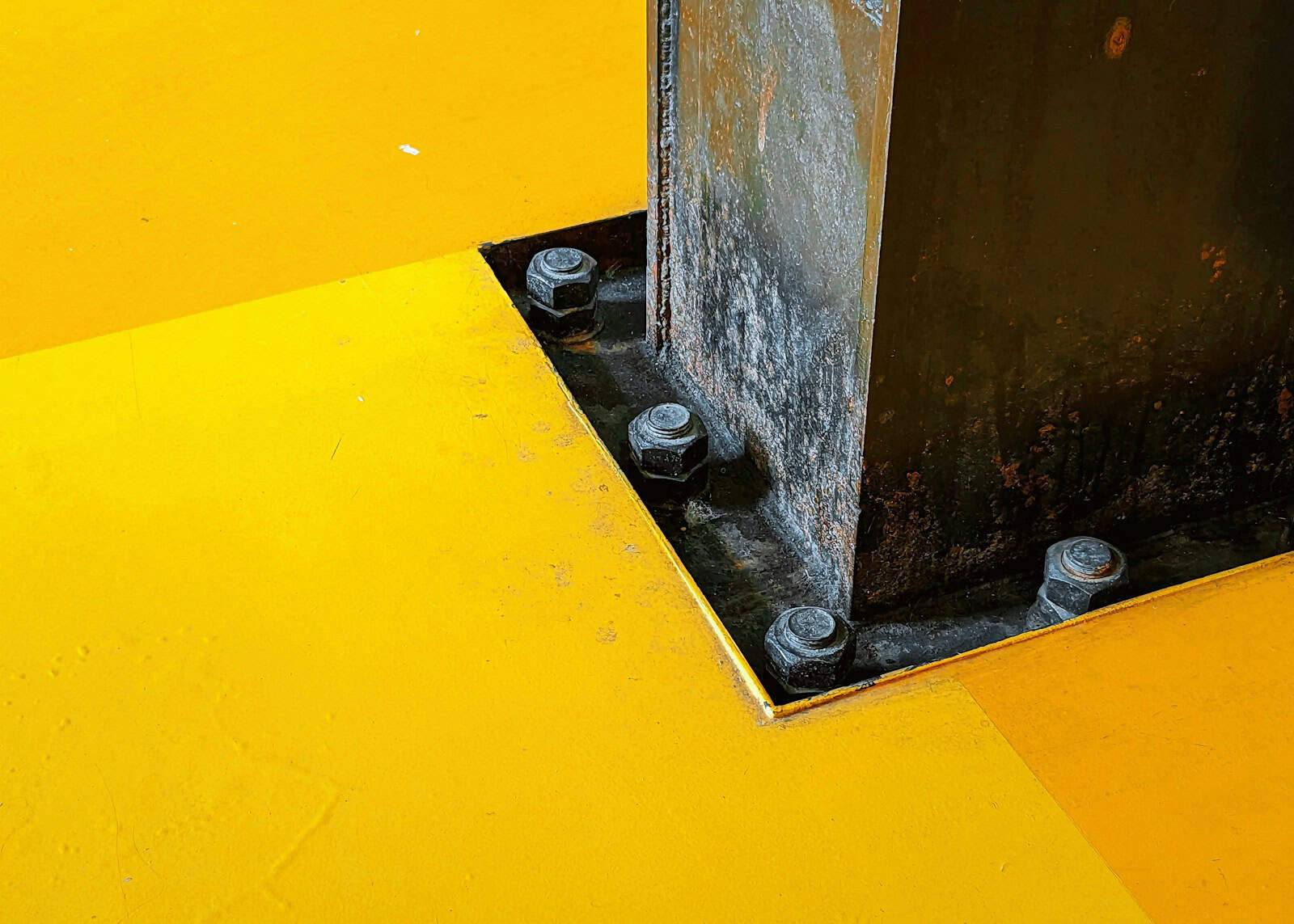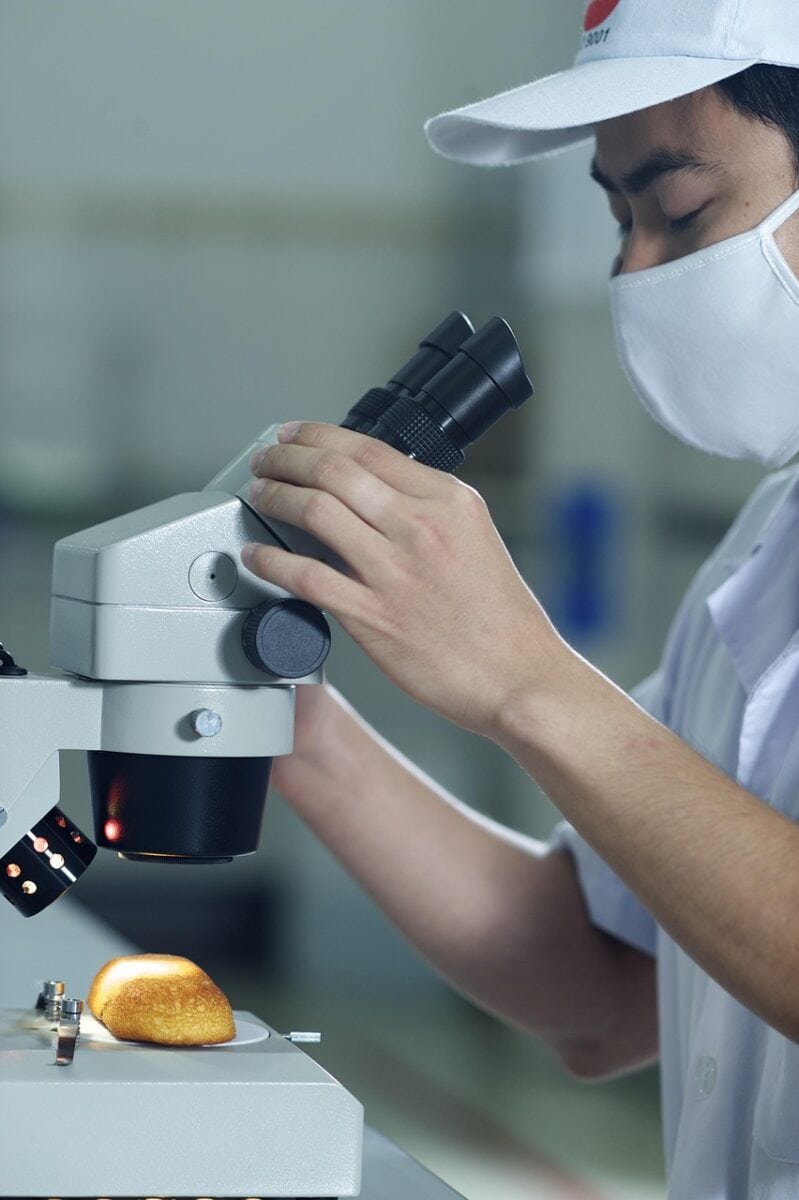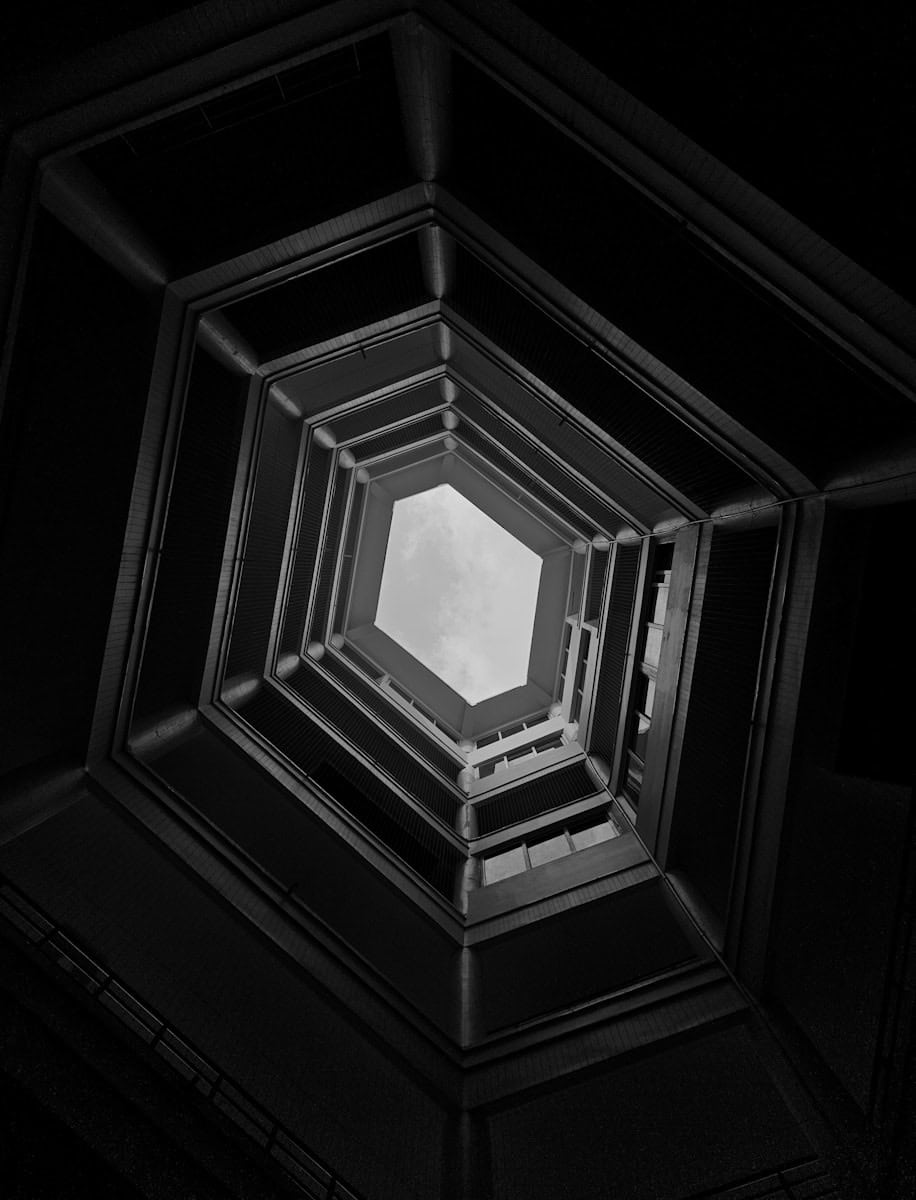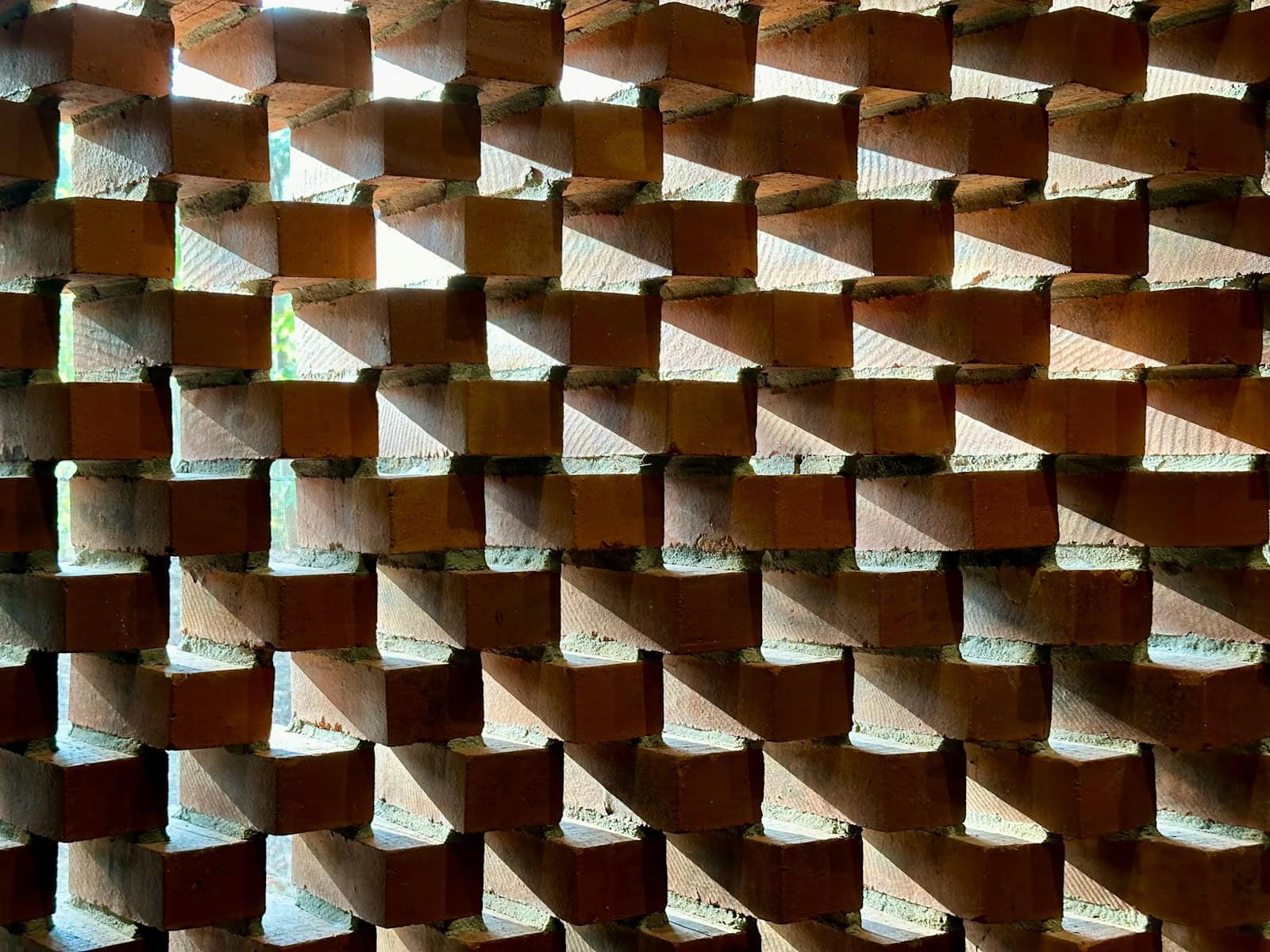The Basics of Dimensional Inspection: A Technical Guide
In industries where tiny measurements can mean the difference between success and major failure, such as aerospace, medical devices, and car manufacturing, being precise is not just a goal; it is absolutely necessary. Dimensional inspection is the scientific process of measuring a physical object’s shape to check if it matches the design requirements. This is much more than simply “measuring parts.” It is a field based on physics, math, and engineering that provides the objective data needed to control manufacturing processes and ensure product quality. This analysis goes beyond basic descriptions to examine the core principles that guide modern dimensional inspection. We will explore the basic foundations of measurement science, conduct a detailed technical review of both contact and non-contact technologies, uncover the mathematical calculations that turn raw data into useful information, and provide a practical guide for selecting the right technology for any given application. This is a guide for professionals seeking expert-level insights into the science of measurement.
Basic Foundations
Before examining specific technologies, it is important to establish the theoretical foundation upon which all dimensional inspection practices are built. Understanding these core concepts—measurement, tolerance, and uncertainty—is what elevates a technician to a measurement expert. This framework provides the essential vocabulary and conceptual understanding of the “why” behind the technical processes.
Science of Measurement
At its core, a measurement is a comparison. For that comparison to have universal meaning, it must be traceable to a recognized standard. This concept of traceability is the unbroken chain of calibrations that links a measurement on the factory floor back to a primary national or international standard. Organizations like the National Institute of Standards and Technology (NIST) in the United States or the Physikalisch-Technische Bundesanstalt (PTB) in Germany maintain these primary standards. The entire system is built upon the International System of Units (SI). For dimensional inspection, the fundamental unit is the meter, which is no longer defined by a physical object but by a constant of nature: the distance traveled by light in a vacuum in 1/299,792,458 of a second. This ensures that a millimeter measured in one facility is identical to a millimeter measured anywhere else in the world.
Setting the Limits
An engineering drawing is a contract, and Geometric Dimensioning and Tolerancing (GD&T) is the language of that contract. It is a comprehensive symbolic system that precisely defines the allowable deviation for a part’s features, moving far beyond simple plus/minus dimensions. GD&T communicates the design intent by specifying tolerances for characteristics such as form (flatness, circularity), orientation (perpendicularity, parallelism), and location (position). For example, a GD&T callout can specify not just the diameter of a hole but also its perpendicularity to a primary surface and its precise position relative to other features. This language removes confusion and ensures that the part will function as intended when assembled.

The Unavoidable Reality
No measurement is perfect; every measurement contains a degree of doubt. This is the principle of measurement uncertainty. It is not an error, but rather a quantified range within which the true value of the measurement is expected to lie. A proper measurement result is incomplete without a corresponding statement of uncertainty. Understanding and quantifying the sources of uncertainty is a primary task of the quality professional. Common sources include:
- Environmental factors: Temperature changes cause materials to expand and contract. Humidity and vibration can also affect measurement results.
- Instrument limitations: Every measurement device has inherent resolution, repeatability, and accuracy limitations.
- Operator influence: The skill and consistency of the person performing the measurement can introduce variability.
- Workpiece characteristics: The part’s material, surface finish, cleanliness, and internal stresses can all influence the measurement.
- Calibration and setup: Errors in the calibration of the instrument or the setup of the part can introduce systematic biases.
A Look at Contact Inspection
Contact inspection technologies, the workhorses of precision manufacturing for decades, physically touch the surface of a part to determine its dimensions. The Coordinate Measuring Machine (CMM) is the perfect example of this methodology, offering unmatched accuracy for a wide range of applications. Understanding its function requires moving beyond a “black box” view to an appreciation of its mechanical structure, sophisticated probe systems, and operational physics.
Structure of a CMM
A CMM creates a measurable 3D volume by operating within a Cartesian coordinate system. Its structure is typically composed of three orthogonal axes (X, Y, Z), with a probe system mounted at the end of the Z-axis. Common architectures include the moving-bridge design, favored for its balance of accuracy and accessibility, the gantry design for very large and heavy parts, and the cantilever design for smaller components. The machine’s precision is derived from high-resolution scales, often made of glass or steel, mounted on each axis. As the machine moves, an optical encoder reads the fine gratings on these scales, allowing the machine’s control system to know the exact position of the probe tip with resolutions often in the sub-micron range. The entire structure is typically built on a massive granite base to provide thermal stability and reduce vibrations.

Point of Contact Explained
The probe is the component that makes contact with the workpiece. The two primary types of probes are touch-trigger and scanning probes.
Touch-trigger probes are the most common type. They operate on a simple yet elegant kinematic-resistive mechanism. A stylus is held in a neutral position by a spring-loaded seating arrangement that completes an electrical circuit. When the stylus tip touches the part, even with a minimal force, the stylus deflects, breaking the circuit. This event instantly triggers the CMM’s controller to capture the X, Y, and Z coordinates from the axis scales. This process is repeated to capture a series of discrete points that define a feature.
Scanning probes represent a significant evolution. Instead of taking single points, these probes maintain continuous contact with the surface of the part, streaming thousands of data points per second. They use sophisticated sensors, such as strain gauges, to precisely control the contact force applied by the stylus. This allows for the rapid and detailed characterization of complex surfaces and the high-accuracy measurement of form characteristics like roundness, cylindricity, and profile, which are difficult to assess with a few discrete points.
Table 1: CMM Probe Technology Comparison
The choice of probe technology is critical and depends entirely on the measurement task. This table breaks down the key differences.
| Probe Type | Working Principle | Velocidade | Data Density | Best Use Case |
| Touch-Trigger | Electrical circuit breaks on contact, capturing a single point. | Slower | Muito baixo | Measuring prismatic features (holes, planes), initial alignments. |
| Analog Scanning | Maintains constant contact force, streaming thousands of points per second. | Rápido | Muito alta | Characterizing complex surfaces, form measurement (roundness, cylindricity). |
| Optical/Vision | Non-contact camera-based probe captures feature profiles. | Very Fast | High (2D) | Measuring delicate or small 2D features, edge detection. |
The Revolution of Light
Non-contact dimensional inspection has revolutionized manufacturing by using light to capture millions of data points in seconds without physically touching the part. These technologies are ideal for complex freeform surfaces, delicate materials, and high-speed applications. Understanding their operational principles requires a grasp of optics, sensor physics, and computational geometry.
Structured Light Scanning
Structured light scanners, often using blue or white light, operate by projecting a known pattern of lines or grids onto an object’s surface. One or more cameras, positioned at an offset angle, observe how this pattern deforms over the object’s contours. The system knows the precise relationship between the projector and the cameras. By analyzing the distortion of the projected pattern in the camera’s view, the software can calculate a 3D coordinate (X, Y, Z) for every pixel on the camera’s sensor. Techniques like phase shifting, where the light pattern is shifted incrementally, allow the system to achieve very high resolution and accuracy, generating a dense point cloud of the entire surface almost instantaneously.
Laser Line Scanning
Laser line scanners are based on the principle of laser triangulation. A laser projects a straight line onto the part’s surface. A sensor, typically a CMOS or CCD camera, is positioned at a known distance and angle from the laser emitter. The camera sees the laser line on the surface, and the position of this line on the sensor changes depending on the distance to the surface. Simple trigonometry allows the system to calculate the Z-depth for every point along the laser line. By moving the scanner or the part, this process is repeated to build a complete 3D model. The speed and data density are extremely high, making this a popular choice for reverse engineering and inline process control.

Advanced Systems
For inspecting very large objects, such as aircraft assemblies or heavy machinery, specialized systems are required. Laser trackers are a primary tool in this domain. A tracker emits a laser beam to a retroreflective target placed on the object. It measures distance using either an interferometer (by counting wavelengths of light) or an absolute distance meter (ADM). Simultaneously, high-resolution angular encoders measure the horizontal and vertical angles to the target. By combining the distance and two angles, the tracker can determine the 3D position of the target with high accuracy over very large volumes. Photogrammetry is another large-volume technique that uses the principles of stereo vision, calculating 3D coordinates by taking a series of high-resolution photographs from multiple viewpoints around an object.
Table 2: Contact vs. Non-Contact Comparison
Choosing between contact and non-contact methods involves a series of technical and practical trade-offs.
| Recurso | Contact Inspection (e.g., CMM) | Non-Contact Inspection (e.g., 3D Scanner) |
| Precisão | Typically higher for individual points (sub-micron possible). | Generally lower than CMMs, but improving rapidly. Dependent on technology. |
| Velocidade | Slower, point-by-point or slow scanning. | Extremely fast, captures millions of points in seconds. |
| Data Density | Low to medium. Captures discrete points or feature summaries. | Extremely high. Creates a dense “point cloud” of the entire surface. |
| Part Interaction | Physical contact; can deform or damage delicate parts. | No physical contact; ideal for flexible, delicate, or soft materials. |
| Surface Limitation | Not affected by color or reflectivity. | Can be challenging with very dark, transparent, or highly reflective surfaces. |
The Processing Center
The hardware captures raw data, but the real work of dimensional inspection happens within the software. The “processing center” of any modern measurement system is powered by sophisticated mathematical algorithms and an understanding of the underlying physics of the sensor. This is what transforms a cloud of millions of individual (X,Y,Z) coordinates into a meaningful pass/fail report. This is the core of the technical analysis that separates a superficial understanding from true expertise.
From Points to Features
A CMM or 3D scanner does not measure a “plane” or a “cylinder”; it collects a cloud of discrete points that lie on the surface of those features. The task of the software is to interpret this point cloud and derive the ideal geometric feature from it. The most common method used is the Least Squares Method. This algorithm’s goal is to find the perfect geometric shape (a plane, circle, cylinder, etc.) that minimizes the sum of the squared distances from all the measured points to that shape. For example, when measuring a plane, the algorithm calculates the one unique plane in 3D space where the sum of the squared perpendicular distances from every measured point to that plane is the absolute minimum. This provides a robust, repeatable mathematical representation of the feature, filtering out minor surface imperfections and measurement noise.
Building the Reference System
The raw coordinate data from a CMM or scanner exists in the machine’s own arbitrary coordinate system. This data is useless until it is aligned to the part’s coordinate system as defined by the datums on the engineering drawing (the GD&T). This alignment process virtually “locks” the part in a specific orientation in 3D space, just as it would be positioned in a real-world assembly. The most common alignment principle is the “3-2-1” method. Conceptually, this involves:
- Measuring a minimum of three points on the primary datum feature (often a plane) to constrain three degrees of freedom (two rotations and one translation).
- Measuring a minimum of two points on the secondary datum feature (a line or plane) to constrain two more degrees of freedom (one rotation and one translation).
- Measuring a final point on the tertiary datum to constrain the last degree of freedom (the final translation).
This process establishes a robust and repeatable coordinate system from which all other features on the part can be evaluated.
The Physics of the Sensor
A deep understanding of the sensor’s physical behavior is critical for interpreting results and troubleshooting issues. For a touch probe, a significant factor is stylus pre-travel, also known as lobing. Because of the mechanical nature of the trigger mechanism, the distance the probe moves between the stylus first touching the part and the trigger event occurring is not perfectly uniform in all directions. This creates a small, lobed error pattern. High-end CMMs use sophisticated probe characterization cycles to measure this error and create a 3D compensation map, which the software then uses to correct every point taken, ensuring much higher accuracy.
For a laser scanner, the physics of light interaction with the surface is paramount. A major challenge is laser speckle, a granular interference pattern that occurs when a coherent light source (a laser) reflects off a rough surface. This speckle creates “noise” in the measurement data. The surface finish directly impacts this; a very smooth, mirror-like surface creates specular reflections that can blind the sensor, while a very rough surface creates diffuse reflections that are easier to measure but may have more speckle noise. This is one reason blue light lasers are often preferred over red light lasers for measurement applications. Blue light has a shorter wavelength, which leads to less diffraction and a finer speckle pattern, making it perform better on shiny or dark surfaces.
From Theory to Factory Floor
Translating the deep technical principles of measurement science into a practical, actionable decision-making process is the final and most critical step. Choosing the right dimensional inspection technology is a strategic decision that directly impacts cost, throughput, and product quality. This framework provides a clear, step-by-step guide to making that choice, informed by real-world factory floor experience.
Key Decision Factors
The selection process should be a systematic evaluation of the application’s specific needs. There is no single “best” technology; there is only the best technology for the job.
- Tolerances: This is the first and most important question. What is the required accuracy and precision? The tolerances specified in the GD&T dictate the minimum required performance of the measurement system. A good rule of thumb is that the measurement system should be at least 10 times more accurate than the tolerance being measured (the 10:1 rule).
- Material & Surface: Is the part made of a rigid metal, a flexible plastic, or a soft rubber? Is its surface transparent, highly reflective, or matte black? Contact methods may deform flexible parts, while non-contact methods struggle with optically challenging surfaces.
- Feature Complexity: Are you measuring simple prismatic shapes like holes and planes, or complex, freeform surfaces like a turbine blade or a car body panel? Prismatic features are well-suited for CMMs, while freeform surfaces demand the data density of a 3D scanner.
- Part Size & Weight: The physical envelope of the part is a primary constraint. A small medical implant can be measured on a benchtop vision system, while a large aerospace wing rib may require a laser tracker or a large gantry CMM.
- Production Volume & Cycle Time: Is this a one-off part for a prototype, or are you inspecting thousands of parts per day in a high-volume production line? The required inspection speed will guide the choice between a slower but more accurate CMM and a faster but potentially less accurate automated scanning system.
Real-World Examples
Applying these factors to real-world scenarios provides clarity.
- For a high-volume production of automotive engine blocks with tight positional tolerances on cylinder bores, we have found that an automated bridge CMM with a fast touch-trigger probe, integrated into the production line via robotics, is the optimal solution. It provides the necessary point-to-point accuracy and repeatability to control the machining process.
- Conversely, for verifying the stamped sheet metal of a car door, speed and overall form are more critical than sub-micron point accuracy. In this case, an automated structured light scanning cell provides the necessary speed and dense data to create a color map showing deviation across the entire surface. The key challenge is managing reflections on the raw metal, which can be reduced by careful cell lighting design or, if necessary, a thin coating of developer spray.
- For the alignment and inspection of large machine tool bases on the factory floor, a portable laser tracker is the superior choice. Its large measurement volume and high accuracy over long distances make it possible to perform inspections in-place, without moving the massive component to a dedicated measurement lab. A bridge CMM would be impractically large and expensive for such a task.
Table 3: Technology Selection Matrix
This matrix serves as a quick-reference guide to match application requirements with the most suitable technology.
| Application Requirement | Bridge CMM | Portable Arm CMM | Structured Light Scanner | Laser Tracker |
| Highest Accuracy (<5 µm) | Excelente | Justo | Bom | Bom |
| Inspection Speed | Justo | Bom | Excelente | Bom |
| Portability / In-place | Ruim | Excelente | Bom | Excelente |
| Complex Freeform Surfaces | Justo | Bom | Excelente | Bom |
| Large Volume (>3m) | Ruim | Justo | Justo | Excelente |
| Automated Inline Use | Bom | Justo | Excelente | Justo |
The Critical Role of Software
The most advanced measurement hardware in the world is useless without powerful software to process, analyze, and interpret the data it collects. The software is the bridge that connects the raw point cloud to an actionable quality report. It is responsible for the entire post-capture workflow and is just as critical as the sensor itself.
From Point Cloud to Insight
Modern measurement software performs several key functions in a seamless workflow:
- Data Processing: The initial raw data, especially from non-contact scanners, often contains noise and outliers. The software uses sophisticated filtering algorithms to clean the point cloud. When multiple scans are taken to capture a whole part, the software uses registration algorithms to stitch them together into a single, cohesive model.
- Feature Extraction: This is where the software applies the fitting algorithms (like Least Squares) discussed earlier to automatically identify and calculate geometric features like planes, cylinders, cones, and spheres from the point cloud.
- GD&T Analysis: The software imports the nominal CAD model and its associated GD&T information. It then compares the measured features against the design intent, calculating deviations for position, perpendicularity, profile, and other characteristics.
- Reporting: The final step is to present the results in an understandable format. This can range from a simple table of pass/fail results to a rich, graphical color map that visually shows deviation across the entire part surface. This data can also be fed directly into Statistical Process Control (SPC) systems to monitor manufacturing trends over time.
Conclusion: Mastering Precision
A deep technical understanding of dimensional inspection is the cornerstone of modern quality assurance. It requires moving beyond the simple operation of a machine to a comprehensive grasp of the entire measurement ecosystem. Mastering precision means understanding the chain of traceability back to a fundamental constant of nature, speaking the language of GD&T, and appreciating the unavoidable reality of measurement uncertainty. It means knowing the physics of how a contact probe triggers and how a laser beam interacts with a surface. Most importantly, it means understanding the mathematical algorithms that transform millions of raw data points into the definitive, actionable intelligence that drives manufacturing excellence. As the industry moves forward, with the integration of artificial intelligence and machine learning to further automate analysis and predict outcomes, this foundational knowledge will become more critical than ever. It is what separates the basic operator from the true quality professional.
- Metrology and Measurement Standards – NIST https://www.nist.gov/
- Coordinate Measuring Machine Technology – Wikipedia https://en.wikipedia.org/wiki/Coordinate-measuring_machine
- Precision Measurement and Quality Control – ASME https://www.asme.org/
- Manufacturing Metrology – SME https://www.sme.org/
- Dimensional Measurement Standards – ISO https://www.iso.org/
- Quality and Inspection Technology – ASQ (American Society for Quality) https://asq.org/
- Geometric Dimensioning and Tolerancing – ASME Y14.5 https://www.asme.org/codes-standards/find-codes-standards/y14-5-dimensioning-tolerancing
- Measurement Science – ScienceDirect https://www.sciencedirect.com/topics/engineering/dimensional-measurement
- Manufacturing and Metrology Equipment – Thomasnet https://www.thomasnet.com/
- Engineering Metrology Education – MIT OpenCourseWare https://ocw.mit.edu/





